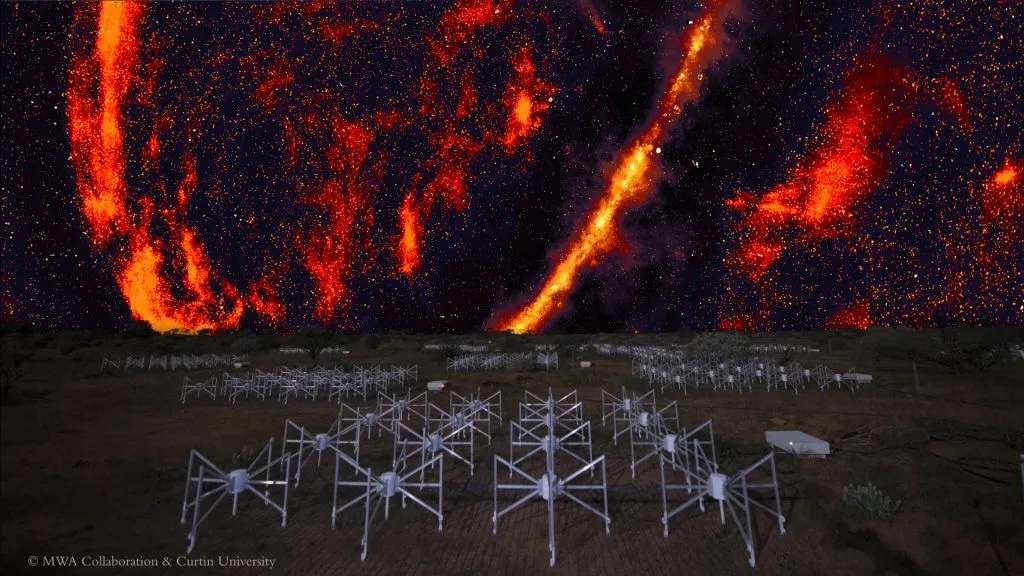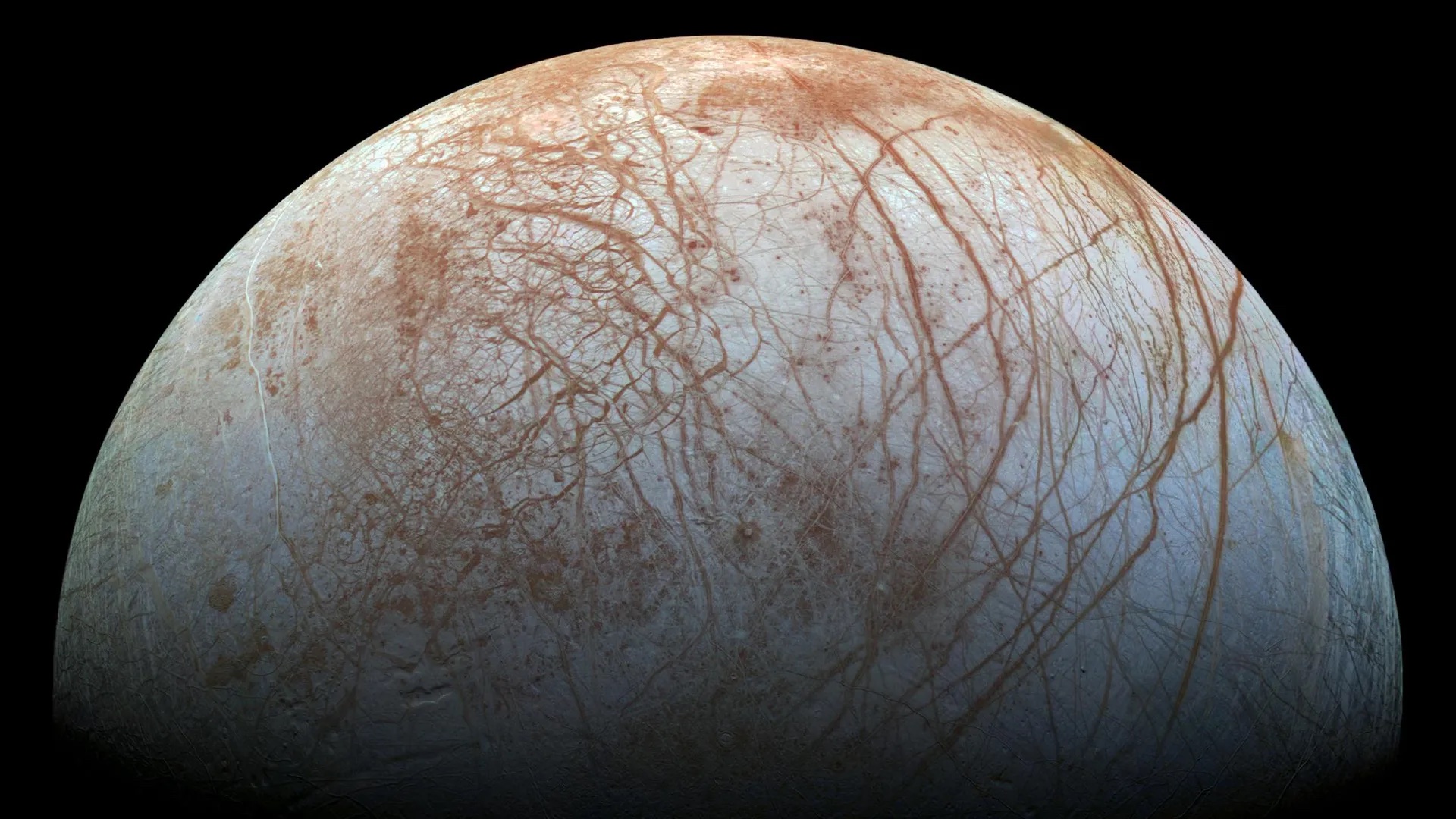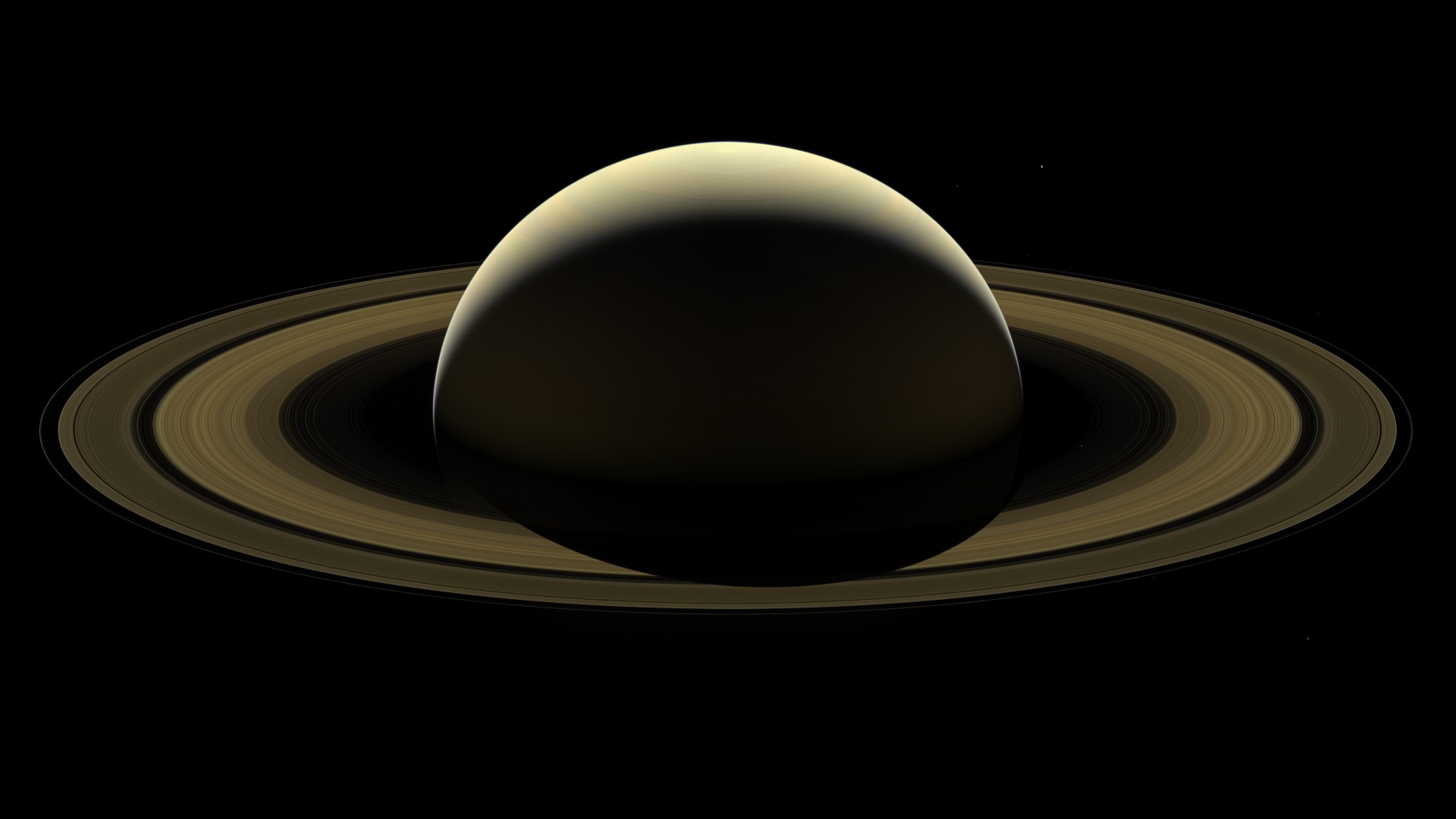Extraterrestrial life news, features and articles
Latest about Extraterrestrial Life
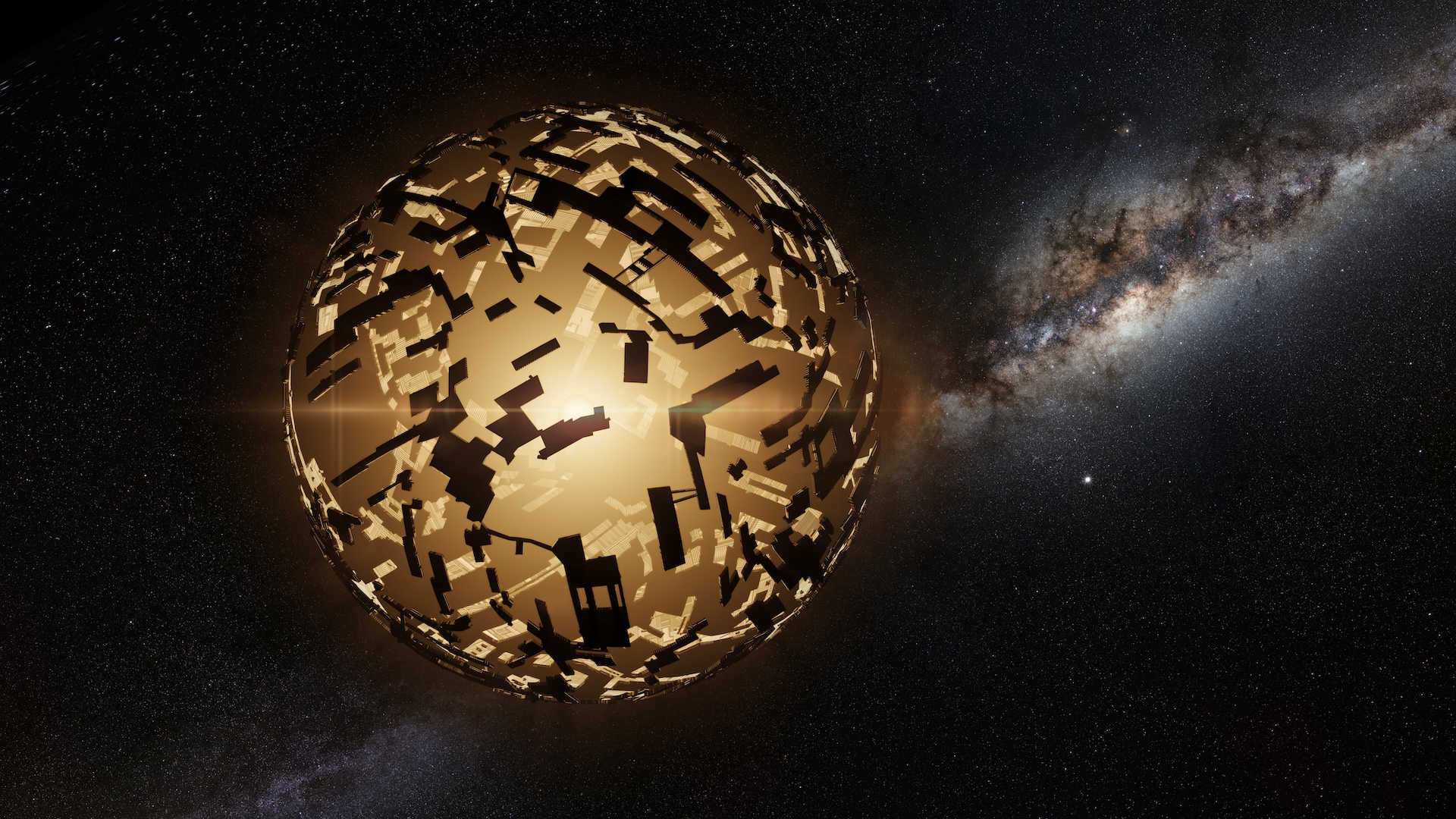
The fastest-moving stars in the galaxy may be piloted by intelligent aliens, new paper suggests
By Paul Sutter published
To explore the galaxy and hunt for resources, intelligent aliens might need to turn their home stars into natural spaceships, a new paper suggests. A few known star systems might fit the bill.

UFO whistleblowers tell Congress 'we are not alone in the cosmos'
By Brett Tingley published
The latest congressional UFO hearing featured testimony from former military personnel who told representatives that excessive government secrecy hides the fact that we are not alone in the cosmos.
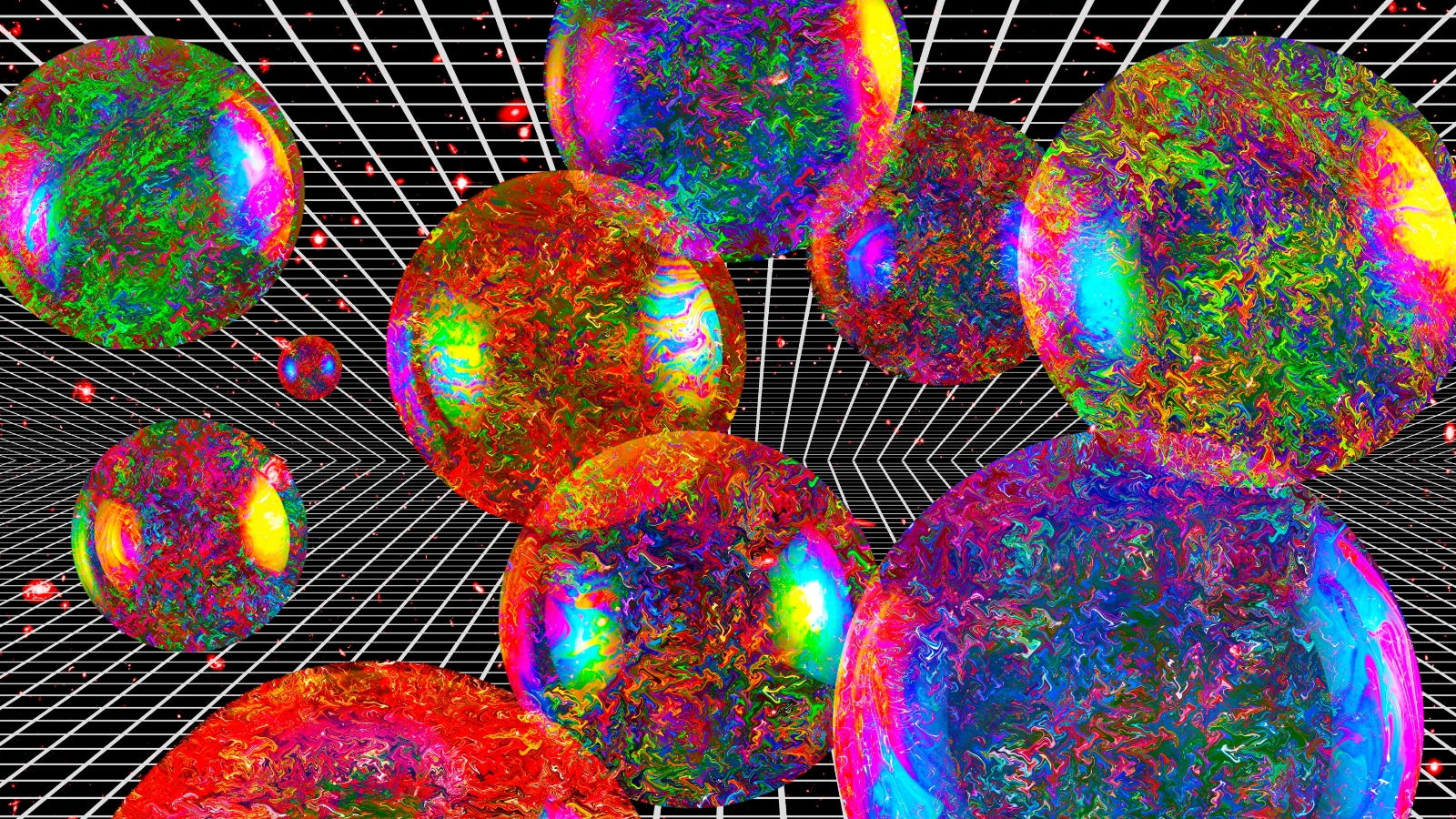
It would be easier to find aliens in a parallel universe than in our own, new multiverse study claims
By Harry Baker published
A new model based on the famous alien-hunting Drake equation suggests that some parallel universes within the hypothetical "multiverse" could have higher chances of containing extraterrestrial life than our universe.
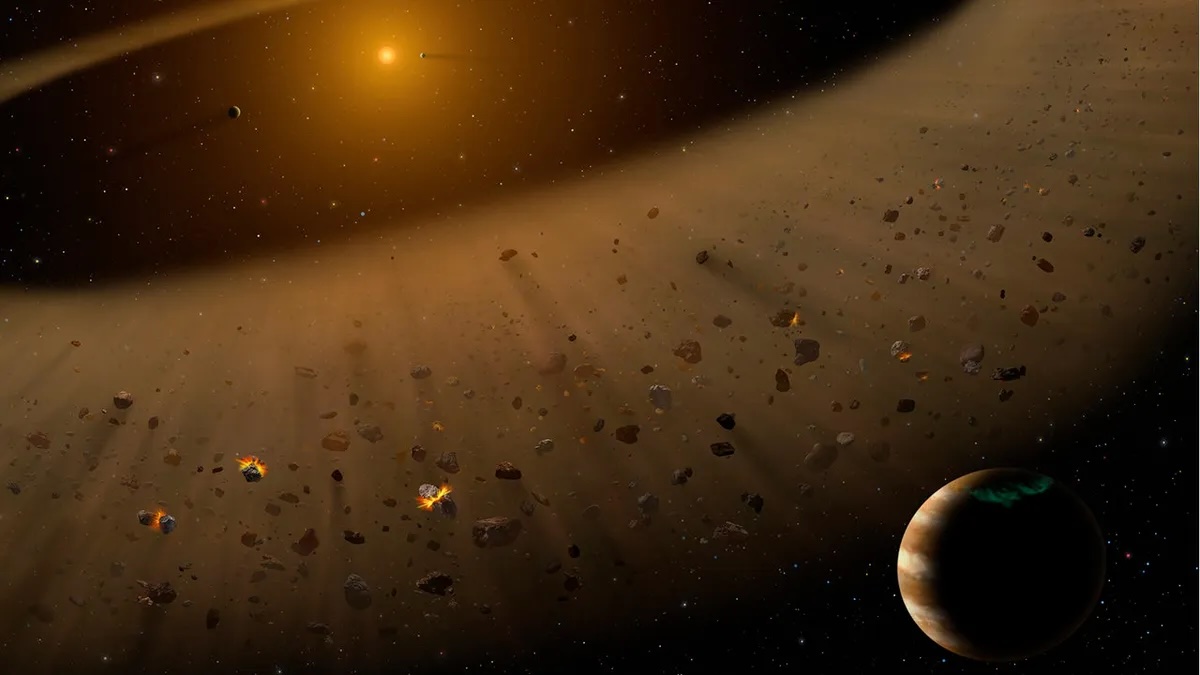
Does alien life need a planet to survive? Scientists propose intriguing possibility
By Paul Sutter published
While such organisms may or may not exist in the universe, the research has important implications for future human endeavors in space.
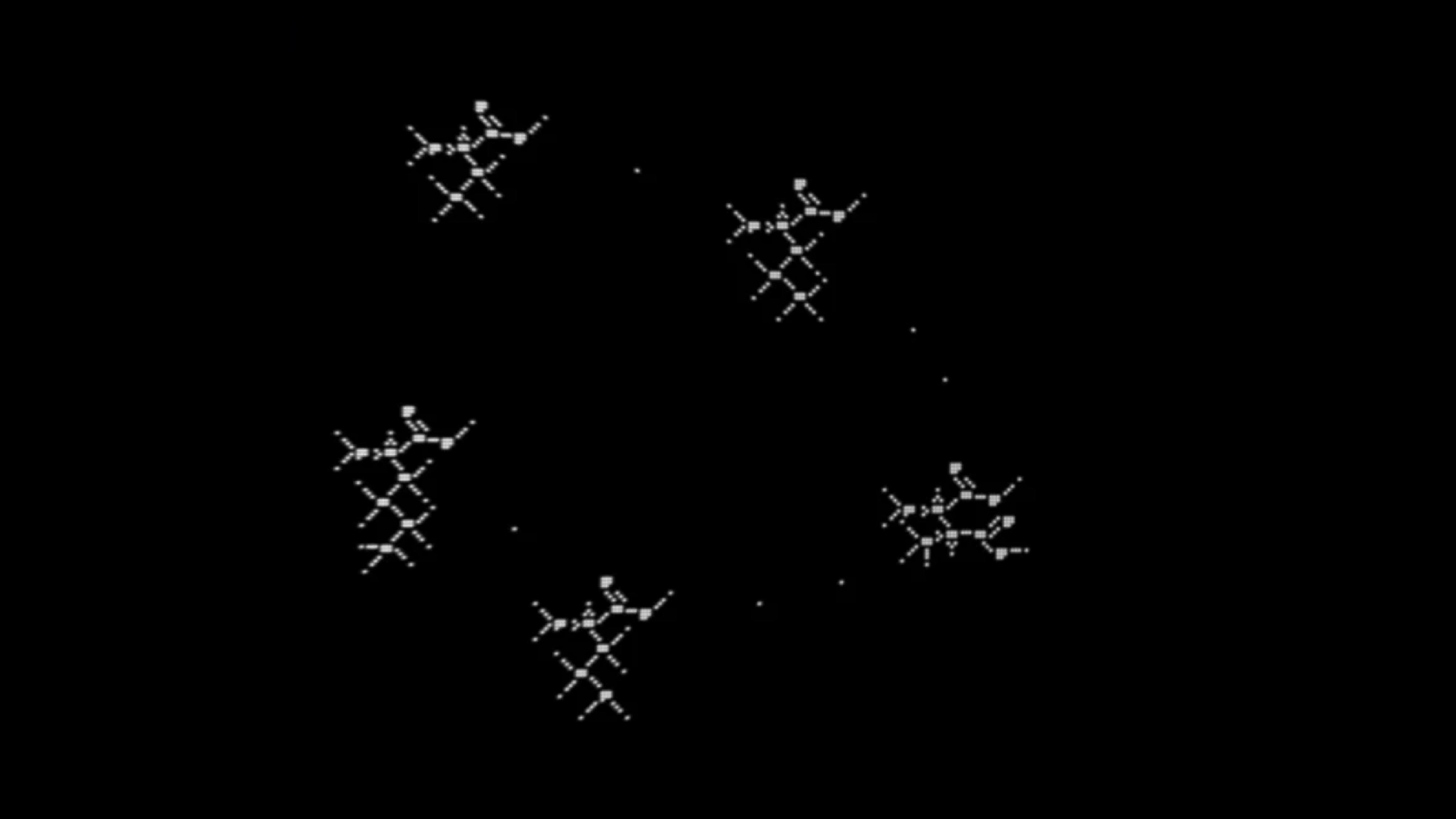
Father-daughter team decodes 'alien signal' from Mars that stumped the world for a year
By Stephanie Pappas published
A father and daughter team based in the U.S. have decoded a mock "alien signal" beamed from ESA's ExoMars Trace Gas Orbiter a year ago — but the meaning of the extraterrestrial message remains a mystery.
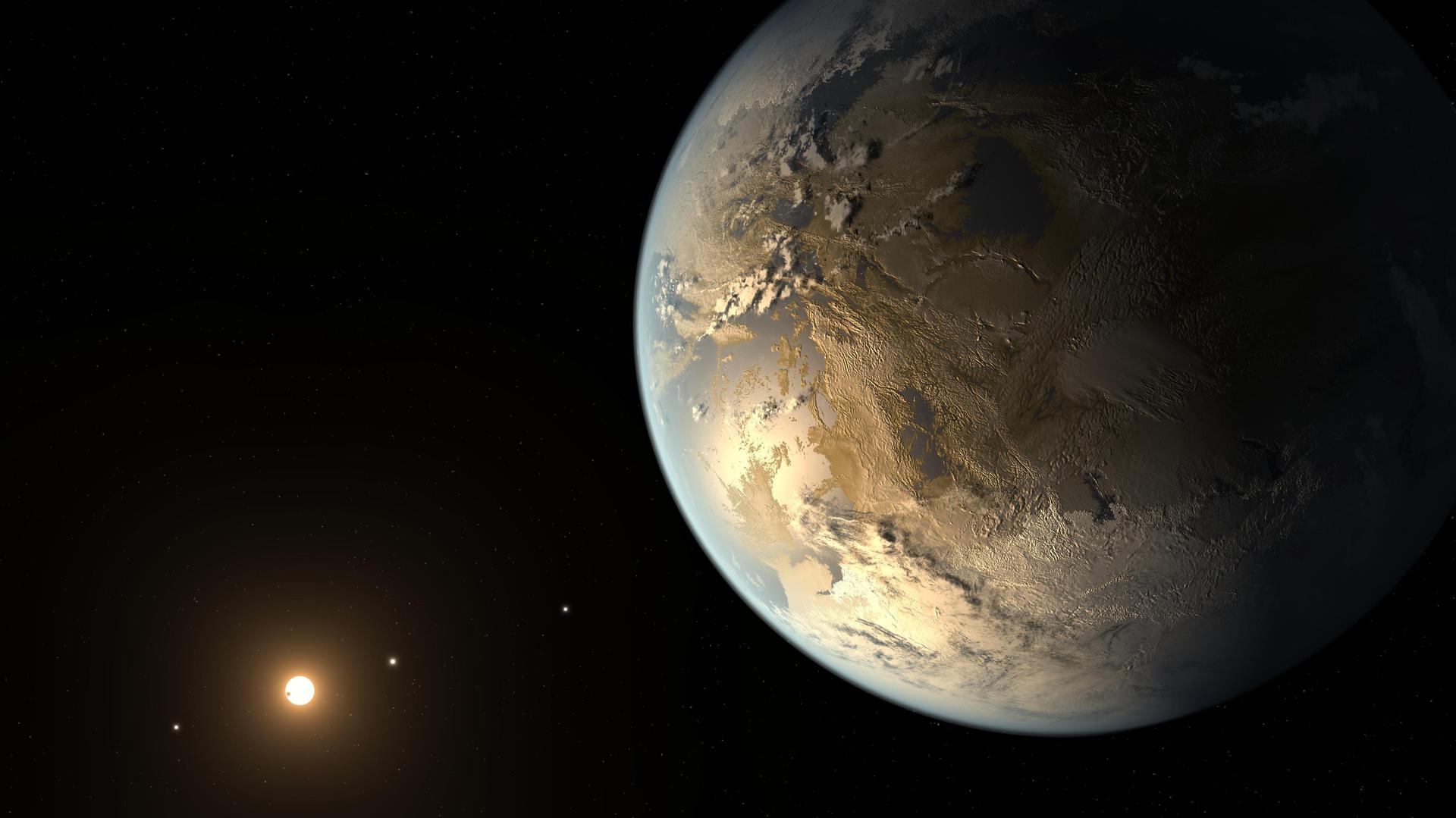
Alien civilizations are probably killing themselves from climate change, bleak study suggests
By Sierra Bouchér published
Astrophysicists estimate that any exponentially growing technological civilization has only 1,000 years until its planet will be too hot to support life.

'Space trash' will lead us to intelligent aliens, Harvard astrophysicist Avi Loeb says
By Brandon Specktor published
The long-sought evidence of alien life could be lurking in Earth's oceans, says Harvard astrophysicist Avi Loeb. Here is his plan to find it.
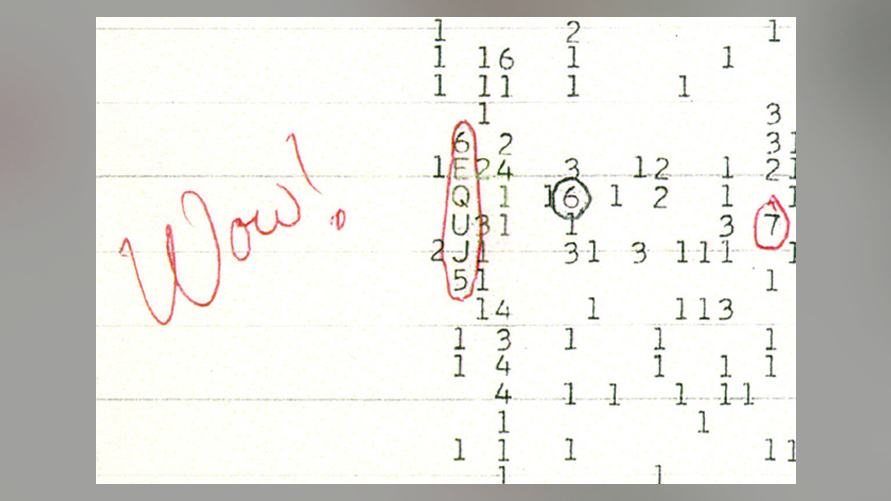
Infamous 'Wow! signal' that hinted at aliens may actually be an exceptionally rare cosmic event
By Sharmila Kuthunur published
The source of a supposed alien broadcast that made researchers go "Wow!" may instead have been the result of a remarkably rare cosmic event, a new study suggests.
Sign up for the Live Science daily newsletter now
Get the world’s most fascinating discoveries delivered straight to your inbox.
